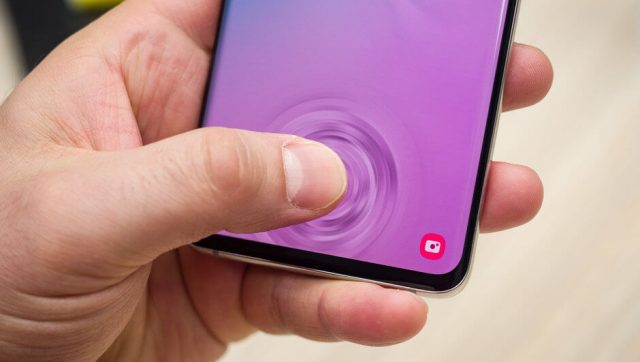The Wall Street Journal‘s Joanna Stern has reported Apple is working on an in-screen fingerprint sensor for use in its upcoming iPhone 13. The sensor would serve as a secondary biometric security function, alongside the device’s Face ID system. Stern’s claims came in an article discussing Samsung Galaxy S21 features that might be incorporated into the next-generation iPhones.
A Touch ID option would be handy in situations where Face ID is not an optimal method of unlocking your device or when authorization is needed for Apple Pay functionality, such as when wearing a face mask in public.
Stern’s claim is just the latest in a series of rumors we’ve seen about Touch ID functionality being included in Apple’s next-generation iPhone 13 handsets. Both Apple industry analyst Ming-Chi Kuo and Bloomberg’s Mark Gurman has said that this is a feature that Apple is considering adding to the new devices.
Stern says a former Apple employee told her that the Cupertino firm was working with optical sensors for in-screen fingerprint reading, which is said to be “more reliable” than an ultrasonic solution.
Optical fingerprint sensors, which work by using light, are in use on some Android phone models. The screen lights up with a fingerprint icon that indicates where the user is to place a registered finger. The icon provides the needed light, while a camera creates an image of your finger. However, the technology is considered easy to fool, because they use a 2D image.
While ultrasonic fingerprint sensors are a newer technology and are harder to fool due to their use of small sound waves to create a 3D map of a fingerprint. However, it is much more expensive.
The Touch ID button technology that Apple has used in its iPhone, iPad and Mac devices is capacitive, which uses a series of tiny capacitors to create a fingerprint data map. That technology is harder to fool than systems using a fingerprint image.
Stern says her source tells her that whichever solution Apple does decide to use, it will need to meet the security standards of its current Touch ID button.


